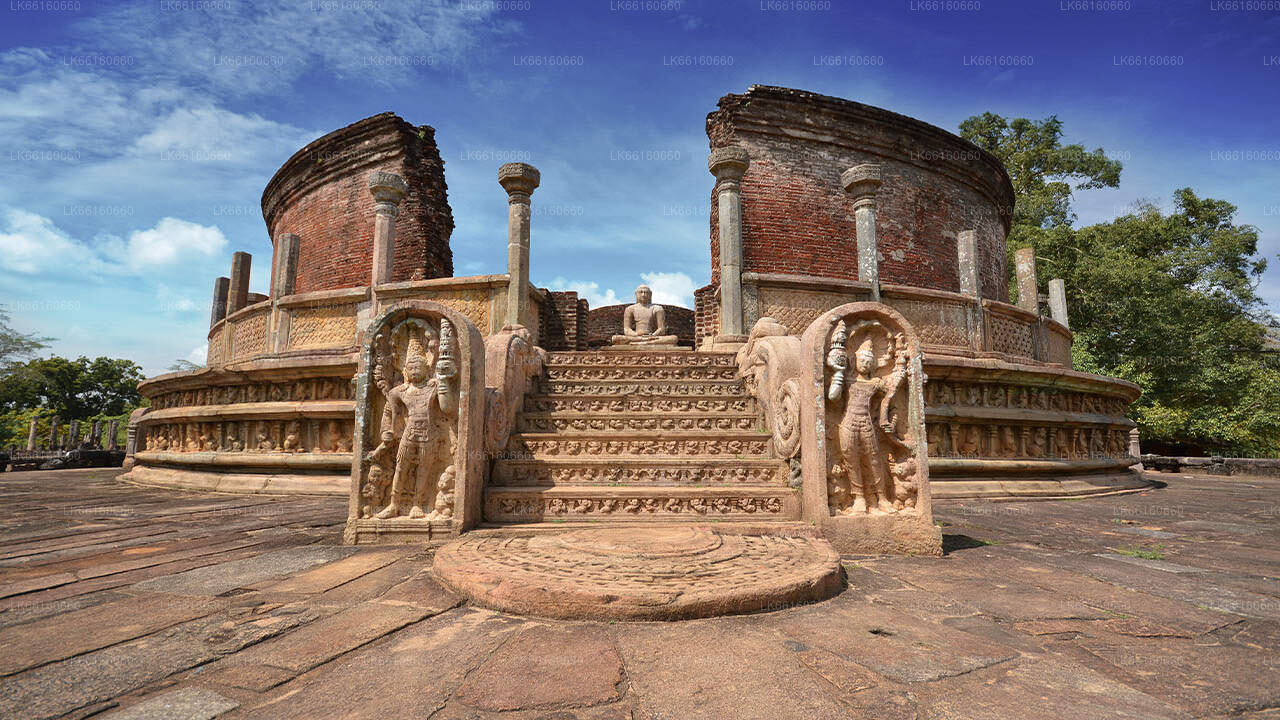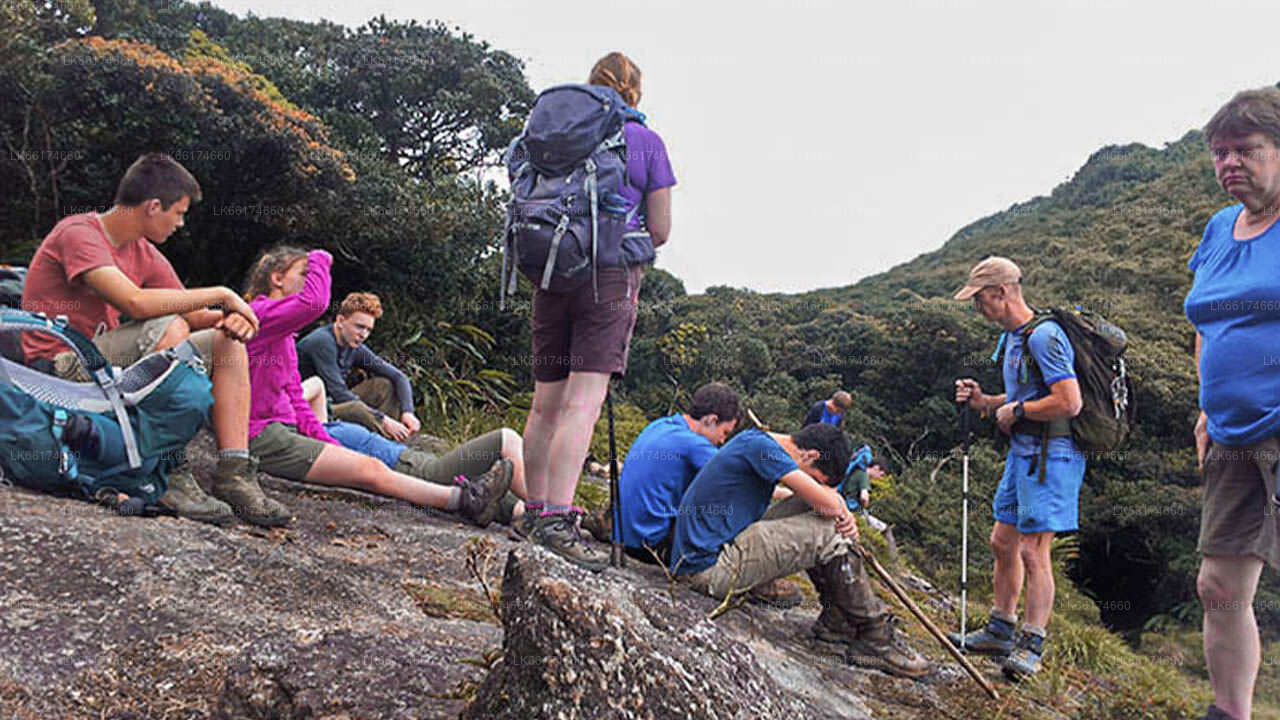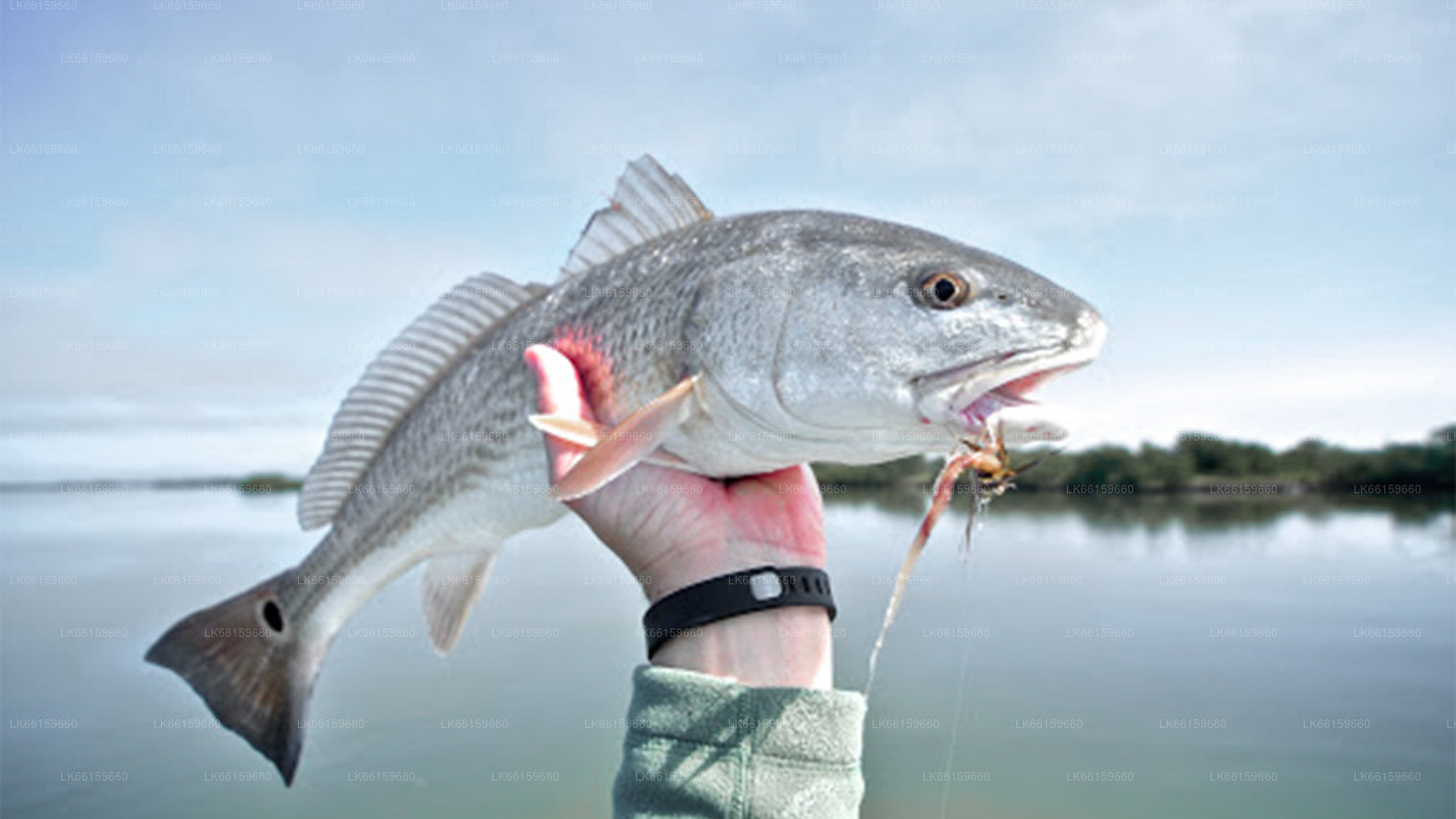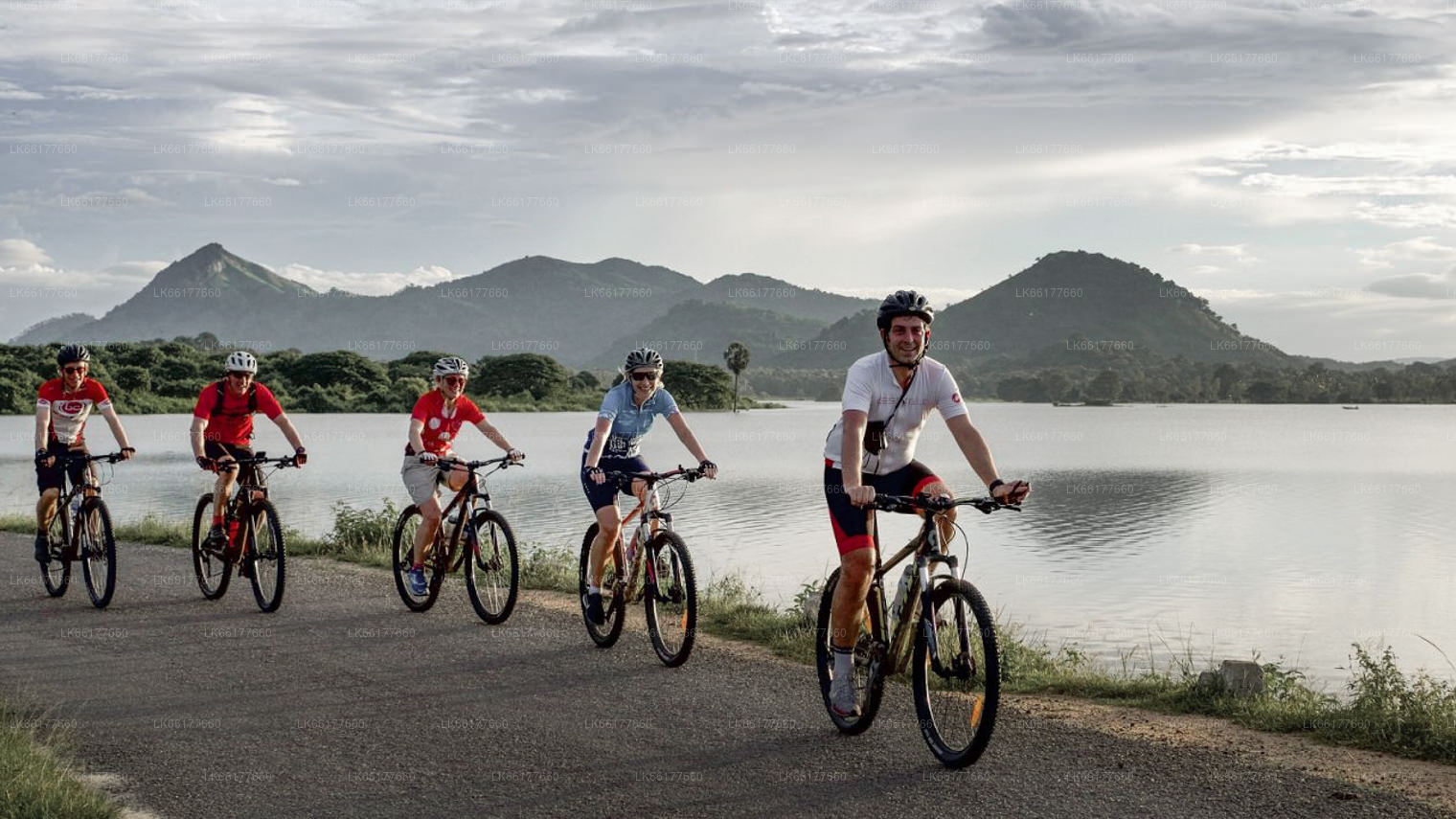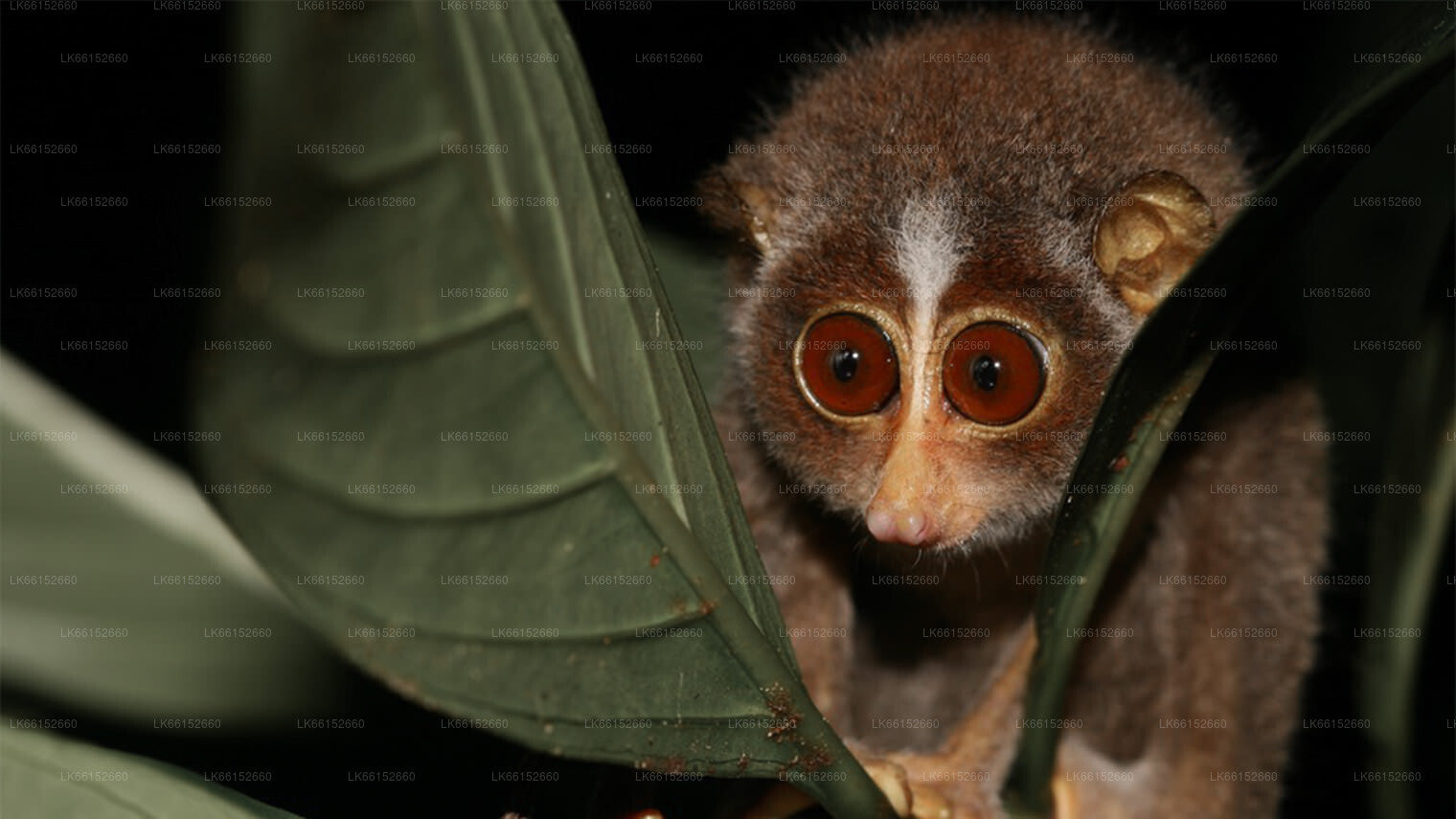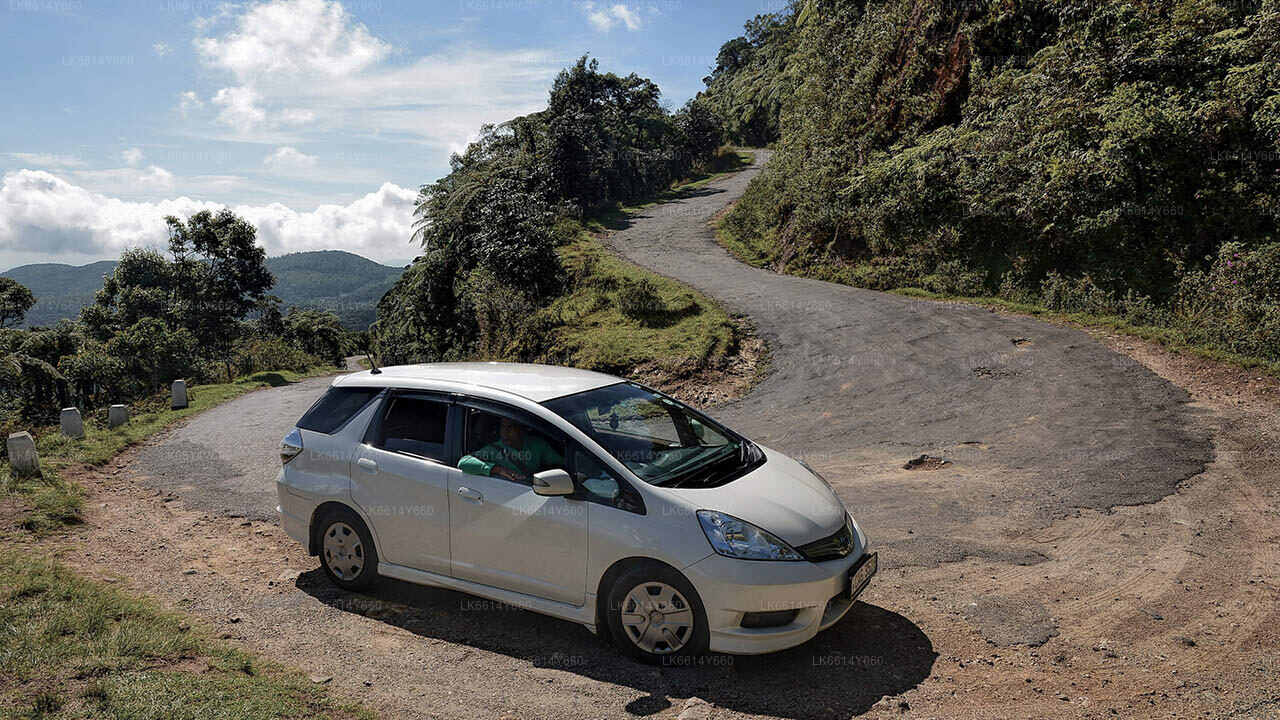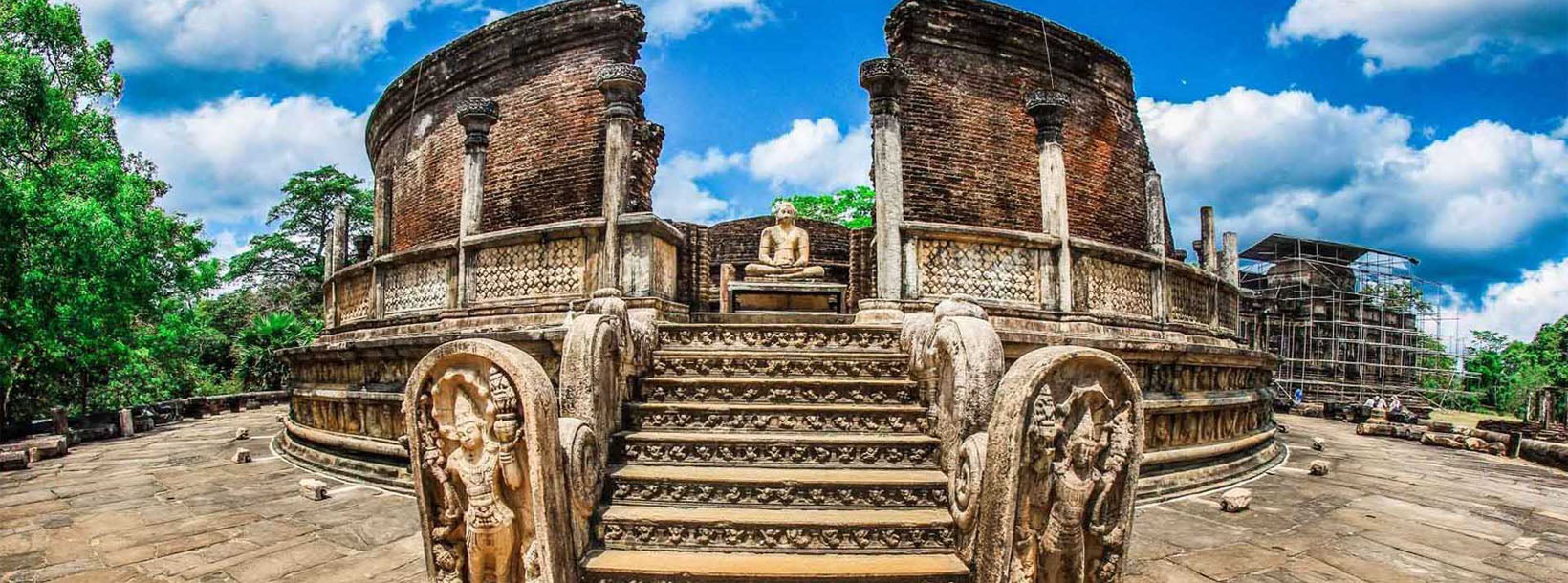
波隆纳鲁沃市
波隆纳鲁沃是斯里兰卡的联合国教科文组织世界遗产,曾是该国中世纪时期(11-13世纪)的首都。波隆纳鲁沃以其保存完好的遗址而闻名,其中包括标志性的加尔维哈拉(Gal Vihara)雕像,其建筑风格令人印象深刻,反映了古代僧伽罗文明的辉煌。
Nissanka Mallas Palace
King Nissanka Mallas’ Palace in Sri Lanka: Kingdom of Polonnaruwa
Sri Lankan kings ruled the island from the Kingdom of Polonnaruwa from 11th century until 1310 CE. The city of Polonnaruwa is situated on the left bank of River Mahaweli. Archeological evidence and accounts in chronicles suggests that the city is as old as the kingdom of Anuradhapura. According to the most accepted one word is derived from conjunction of the words Pulun which means cotton in sinhala and Maruwa which mean exchanging.
Some of the rulers of Polonnaruwa include Vijayabahu I and Parakramabahu I (Parakramabahu the Great). Most of Polonnaruwa that remains today dates from after the 1150s, as the extensive civil wars that preceded Parakramabahu’s accession to the throne devastated the city. Parakrama Pandyan II from Pandyan Kingdom invaded the Kingdom of Polonnaruwa in the thirteenth century and ruled from 1212
to 1215 CE. He was succeeded by Kalinga Magha the founder of the Jaffna kingdom. Kalinga Magha ruled 21 years until he was expelled from Polonnaruwa in 1236.
The kings who ruled in Polonnaruwa engaged in foreign trade. During the period of king Parakramabahu I, Sri Lanka was self-sufficient in paddy and also had exported to many Southeast Asian countries as well as to India. The people of Polonnaruwa had many of their requirements fulfilled except salt, which they had to bring from the coastal area.
Buddhism continued to be the main religion in Polonnaruwa era. Before the Sinhala kings’ rule, there was a strong influence of Hinduism caused by Cholas. It is evident from the removal of cow shape in Polonnaruwa moonstone and also by the presence of Shiva temples in Polonnaruwa. After Chola rule a lot of vihars were renovated by Vijayabahu I and Parakramabahu I. Various divisions or Nikayas in
Buddhism were united by Parakramabahu I.
The Kingdom of Polonnaruwa was abandoned in the 14th century, and the seat of government for the Sinhalese kings was moved to Yapahuwa. Although many factors contributed to this, the leading cause of the abandonment of Polonnaruwa as the kingdom of Sri Lanka was its susceptibility to invasions from south India.
King Nissanka Mallas’ Palace in Sri Lanka: The Introduction
King Nissanka Malla, also known as Kirti Nissanka and Kalinga Lokesvara was a king of Sri Lanka who ruled the country from 1187 to 1196. He is known for his architectural constructions such as the Nissanka Lata Mandapaya, Hatadage and Rankot Vihara, as well as for the re
关于波隆纳鲁沃区
波隆纳鲁沃是斯里兰卡中北部省份的第二大城市。这座古城已被联合国教科文组织列为世界遗产。波隆纳鲁沃背后有着一段辉煌的征服与斗争历史,是文化三角区的第三大组成部分。波隆纳鲁沃位于康提东北约140公里处,拥有众多重要景点,为历史文化爱好者提供数小时的无尽乐趣。
现存的大部分遗迹都归功于帕拉克拉玛·巴胡一世国王,他投入了大量皇家资源用于城镇规划,包括公园、建筑、灌溉系统等等。他的统治时期被认为是王国的黄金时代,在这位富有远见的统治者的领导下,王国繁荣昌盛。帕拉克拉玛·萨穆德拉(Parakrama Samudra)是一个巨大的水池,以其赞助人的名字命名。备受人们喜爱的国王宫殿、周围环绕着精美石雕象的觐见厅以及浴池,都体现了当时卓越的工程技术。
关于北中部省
北中央省是斯里兰卡最大的省份,占全国土地总面积的16%。北中央省由波隆纳鲁沃区和阿努拉德普勒区两个区组成。阿努拉德普勒区是斯里兰卡最大的区,面积为7,128平方公里。
北中央省拥有巨大的潜力,投资者可以在此开展业务,尤其是在农业、农基工业和畜牧业领域。北中央省超过65%的人口依赖基础农业和农基工业。北中央省也被称为“Wew Bendi Rajje”,因为该省拥有3000多个中型和大型水库。Sri maha bodiya、Ruwanweli seya、Thuparama dageba、Abayagiri Monastry、Polonnaruwa Rankot wehera和Lankathilake等水库都值得一游。






